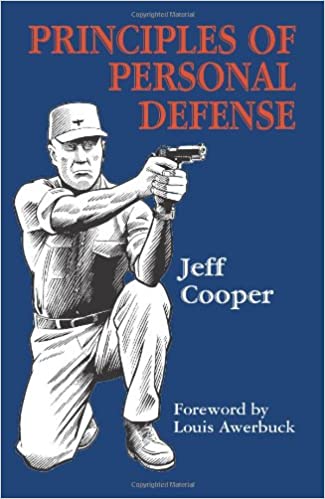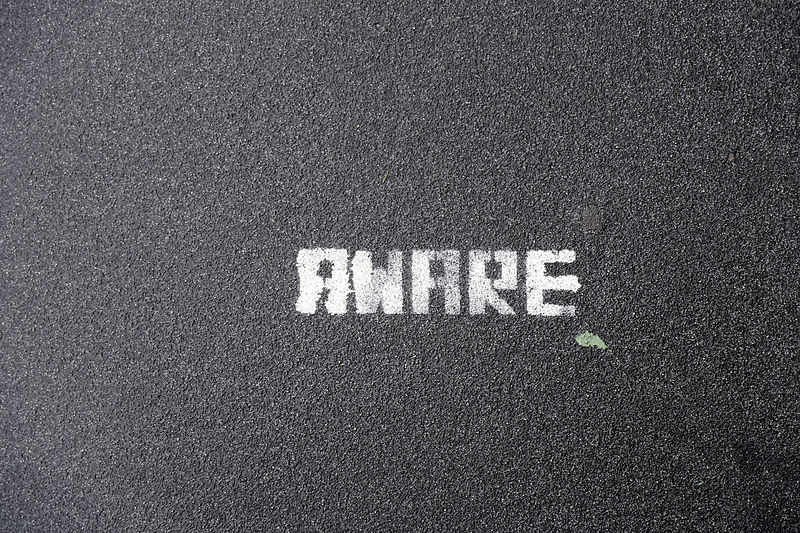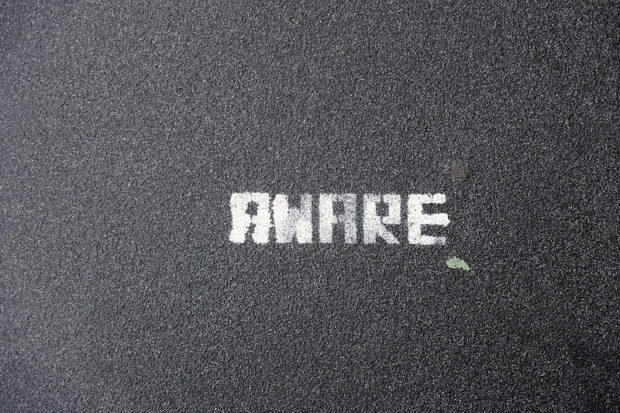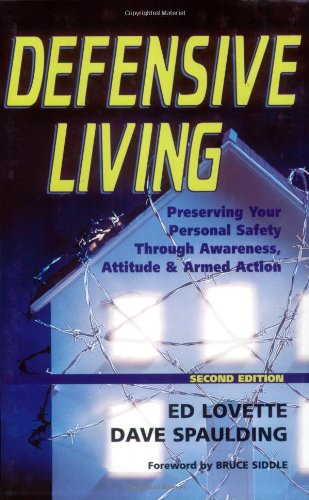Written by: Greg Ellifritz
Now that most states have a process allowing citizens to legally carry concealed handguns, many of you may be carrying a firearm more frequently, or just starting to carry for the first time. A common mistake I see with a great number of my students is an obsessive focus on acquiring and carrying the “right” firearm and associated gear at the expense of neglecting more vital aspects of self defense.
Carrying a dependable handgun and quality support equipment is certainly important, but when it comes to prevailing in a violent confrontation, having excellent situational awareness is much more critical.
If you can observe the pre-attack indicators early enough, you may not even get a chance to use all that gear you have been obsessing over. Winning the confrontation before it starts is always the most prudent option.
With that said, I would like to suggest a few drills that I use myself and teach my students. All of these exercises will work magic when it comes to making you more aware of your surroundings so that you can better diffuse or prepare for a criminal attack.
The Awareness Game– I adapted this exercise from a similar one described in Jeff Cooper’s classic book Principles of Personal Defense. When out in public, you will undoubtedly encounter people with whom you are familiar. You will see friends, neighbors, co-workers, and associates whom you recognize. If you are truly aware of your surroundings, you will notice their presence before they notice you. When a friend walks up behind you and taps you on the shoulder or calls your name before you are aware of his presence, you are not fully aware of what is happening in your environment.
Track every encounter you have on a calendar. Give yourself one point for every time you notice an acquaintance before he or she notices you. Subtract ten points every time you fail to notice the presence of someone you know. If you are still in positive numbers after one month, you are doing well.

Look for Something Unique– When you are moving about in public, pick some type of object to look for. Articles of clothing work very well. Try to find people wearing red hats, denim jackets, or gold necklaces as examples. This exercise will force you to notice everyone around you. For optimal effectiveness, look for something that men wear, because most violent criminals are male. Looking for items such as wristwatches or rings also works very well because it will force you to look at people’s hands, the place where weapons are held and attacks are generated.
Commentary Driving– In the modern world, most of us spend far more time in our vehicles than we do walking. It is important that we not succumb to the tendency to see our cars as cocoons of steel and glass where we are completely isolated from the outside world. While it is sometimes comforting to turn up the music and become lost in our thoughts while driving, it is seldom safe to do so. A relatively high percentage of crimes are committed in or around vehicles.
In order to maintain a high level of awareness when driving, I recommend an exercise called “commentary driving” as described in the book Defensive Living written by my friends Ed Lovette and Dave Spaulding.
The exercise is simple. During your commute, take notice of your surroundings by forcing yourself to verbally describe everything that you see. Actually verbalize audibly what your eyes are seeing. It should sound something like: “There is a blue car on my left”… “The light is turning red”… “I see a man walking a dog on the right” and anything else you might notice. By putting words of description to your thoughts, you will process much more information than usual thereby making you more aware of your surroundings. I also find that this drill works well for keeping yourself awake on long nighttime drives.
Escape Routes– In addition to being aware of the presence of potentially predatory individuals and groups, everyone should also be aware of all possible options for escaping violent attacks. Set the alarm on your watch or phone to ring at random times throughout the day. Whenever your alarm goes off, look around and determine the best way to escape if you were attacked at that moment. Over time you will have developed escape routes for almost every location you visit on a regular basis. With enough repetition you will begin to look for escape routes and areas of safety as a routine part of your day.
Firearms trainer Tom Givens describes “awareness” as knowing who is around you and what those people are doing. That’s a simple and extremely useful definition. Instead of finding escape routes. you can use the same random alarm trick I mentioned above to ask yourself the “Givens Questions.” When your alarm goes off, look around and ask yourself “Who is around me and what are they doing?” If you can answer those questions, you have good situational awareness.
These are only a few of the many exercises designed to increase awareness. There are dozens of others. Try one or all of them and be prepared to start seeing things as you have never seen them before. With diligent practice, you will be much more prepared in the event you are targeted for a criminal attack.

Some of the above links (from Amazon.com) are affiliate links. If you purchase these items, I get a small percentage of the sale at no extra cost to you.



